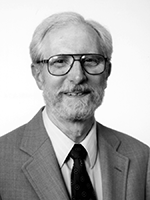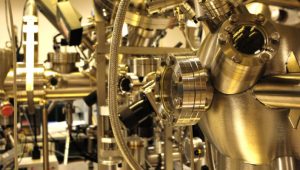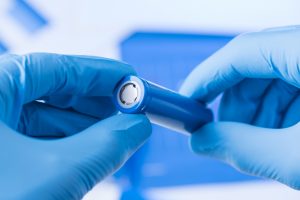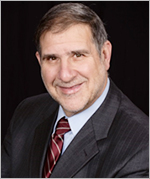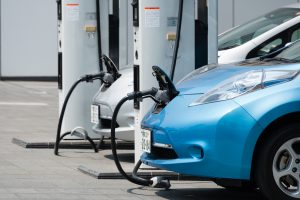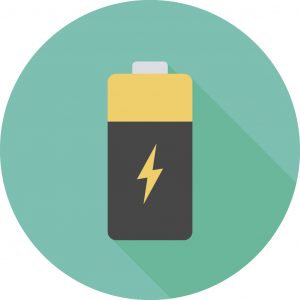 By: Marca Doeff, ECS Battery Division Chair
By: Marca Doeff, ECS Battery Division Chair
Marca Doeff, a staff scientist in the Energy Storage and Distributed Resources Division at Lawrence Berkeley National Laboratory and chair of the ECS Battery Division, discusses the future of batteries. Doeff covers advancements and developments, notable contributors and leaders, corporate sponsors and supporters, upcoming meetings and awards, all within the battery field.
What are a few current areas of battery research the division is focusing on?
Anything having to do with lithium-ion batteries, since they are turning out to be the real workhorses of the battery world. While the chemistry is fairly mature at this point, there is still a lot of work going on in silicon anodes, trying to find better cathode materials, and improving electrolytes.


